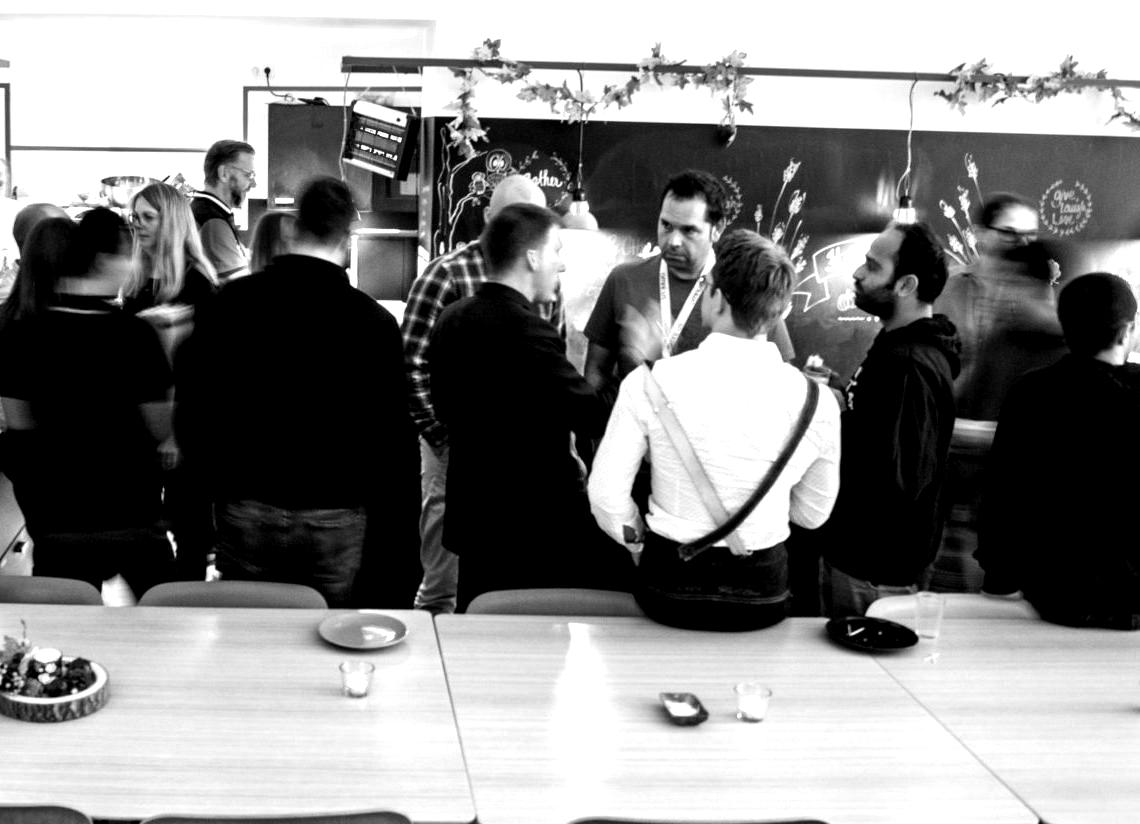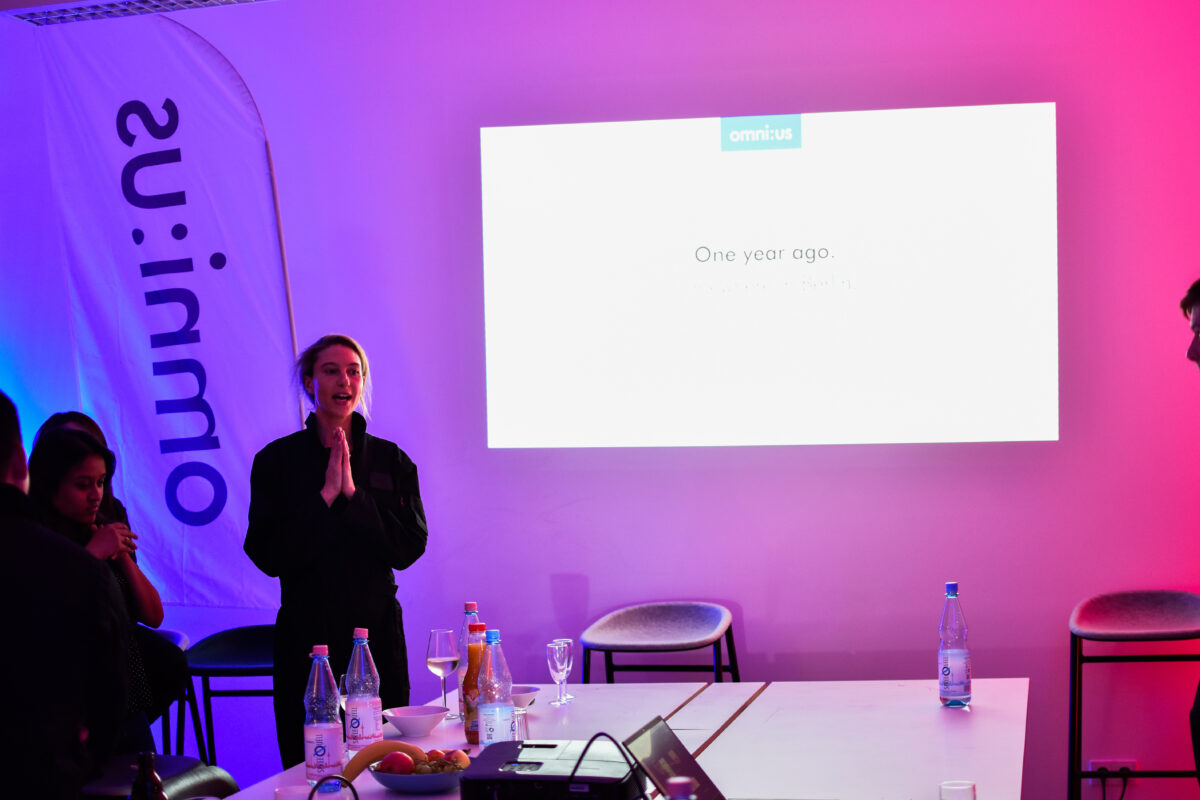Today’s Claims Process and Operational Efficiencies among US P&C

Hi Reader,
This blog will paint a very general picture of what I’ve observed within P&C insurers in North America, specifically in claims. Each of you will be at varied stages in your transformation and I’d love to hear about where you are in your journey. Our policy holders are also varied with a mix of expectations from their insurer which drives a lot of what we see today. From Baby Boomers to the up-and-coming GenX’ers, creating empathy across all these generations is not an easy feat. Change is hard. It won’t happen overnight. It’s a journey with no end state; we’ll continue to evolve as we build more intelligence.
Today’s process:

Above is the basic process that you are following related to Claims. If we’ve missed something, please let me know. In this process, how much is manual for you currently? Again, we’re all at different stages related to automation.
In my travels, I’ve noticed a lot of manual work happening across these phases. Whether you have 30 people, 300 people or 3,000 people, you are not alone. Technology can help with operational efficiency gains. So, what kind of operational efficiencies can we gain from just the first 3 boxes?
Document Intake and Case Indexation
Imagine the following on either the physical or digital intake side of the house:
- Not having to print emails that come in with attachments to have them go through the physical mail process.
- Not having to do a manual high level classification (Policy, Claim or Payment) of incoming mail.
- Not having to put slip sheets, Tabs and barcodes between pages prior to scanning.
- Not having to transfer paper back and forth from the secure mailroom.
- Not having humans extract data to process the claim.
- Not having to train people to do this. These roles often have a high turn over and the costs of training and re-training can be quite high.
- Reduction of human error. We make mistakes. I remember my first job out of College was to look at a source document (MS Word) and a PDF version of that source document. My job was to make sure page, word, paragraph counts were the same. That hyperlinks and bookmarks were working and going to the right location. Eventually we built technology that automated this so that we could scale our testing of the product and I got to focus on the customers by moving into a Customer Support role.
Triage
If you’re able to decipher, on a page by page basis, what is in a document, you can also determine where the document needs to go without a human getting involved, in most cases.
There are always going to be exceptions or outliers and it’s my opinion that we cannot automate everything to 100% but we can gain significant automation to reduce the human effort. Our team believes that if we can’t achieve higher than 75% automation, it’s just not fun
Many of the current processes call for extraction of up to 15 pieces of metadata from a document when it first comes into the organization. As the document goes downstream, lines of business and expert examiners will extract more data that they need to make decisions on the claim. This is an expensive way to do data extraction. What if you could extract 150 data points as soon as the document comes in and run logic in parallel to detect fraud, then determine if you can straight through process this claim based on historical data for high-volume, low-severity claims. This would save the complex claims for the experts to examine, but even then, they will have more information at their fingertips to make decisions quicker.
But this isn’t only about operational efficiencies. This is now getting into customer experience. Insurers are working very diligently to reduce claims processing time, creating empathy with their customers at a time of a loss and delivering to customers what they need as quickly as possible so they can start their new normal.
As always, would love your comments and feedback. Are there areas I’ve missed or that you don’t agree with? Let’s learn, together.
R
Read more of Rupin’s blog series here


